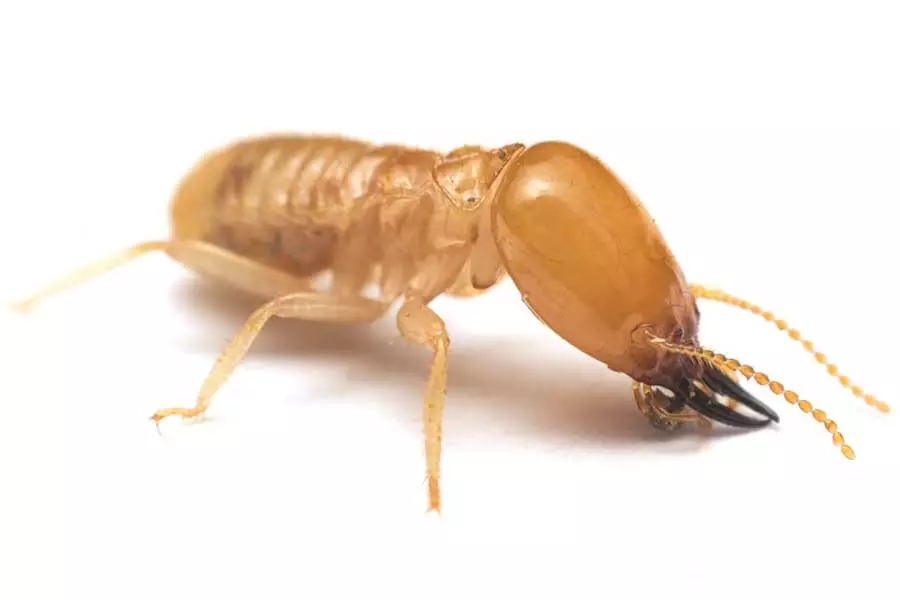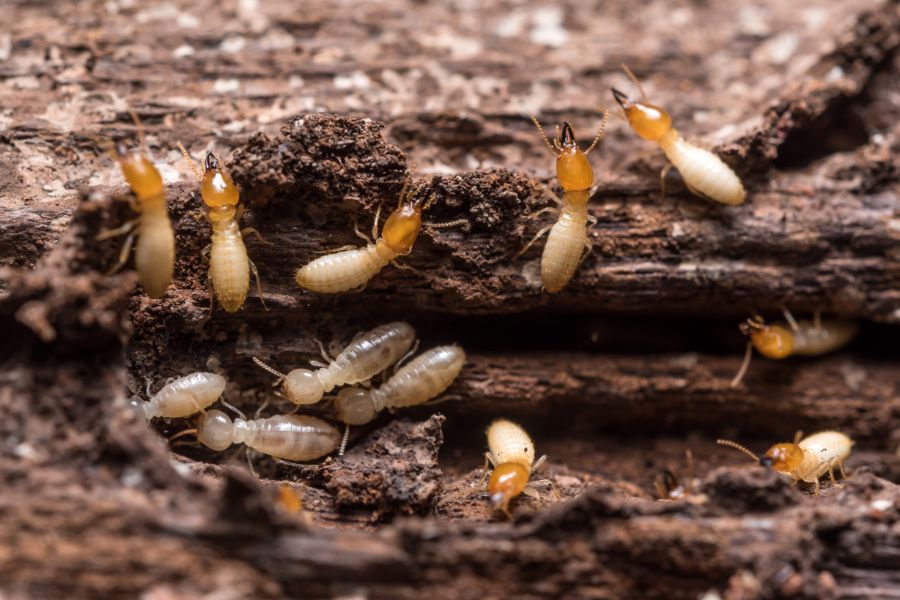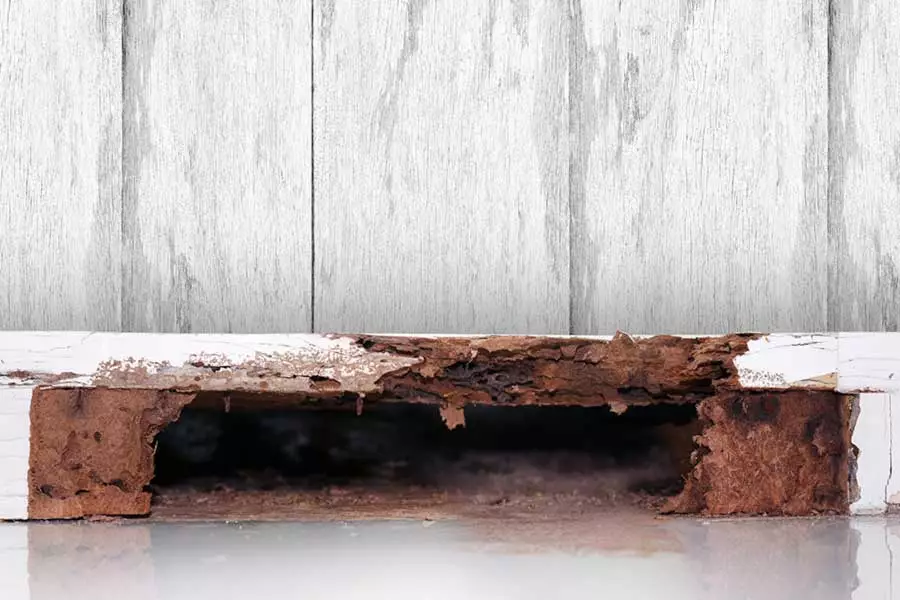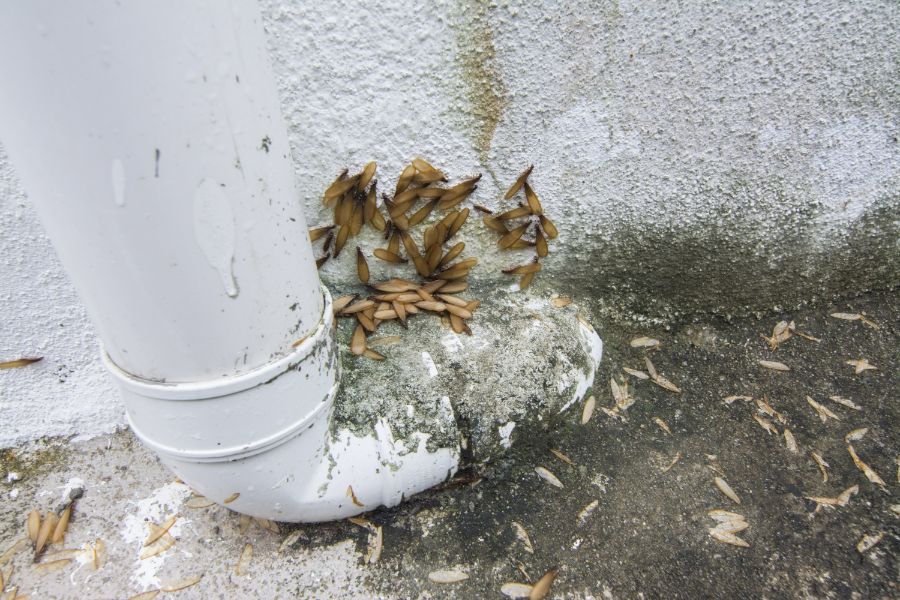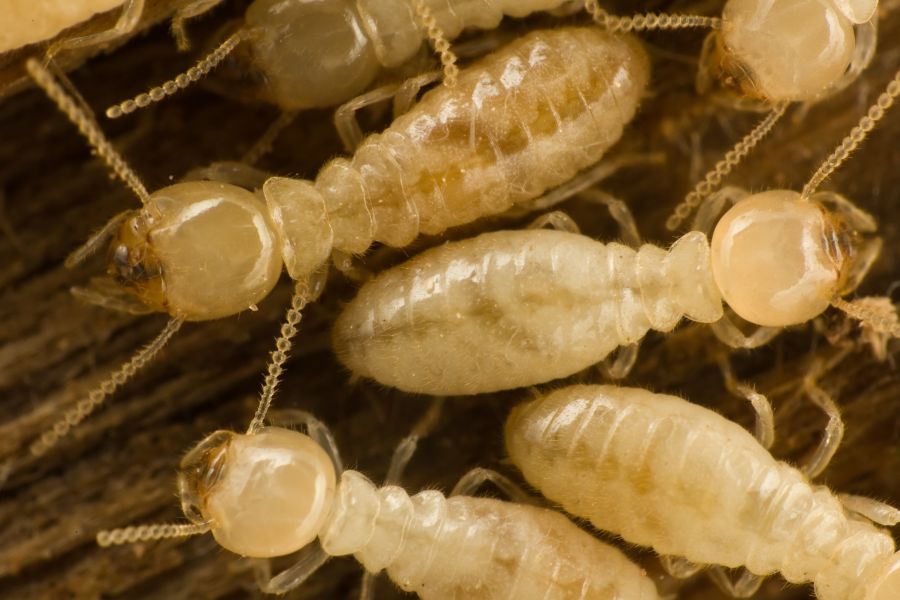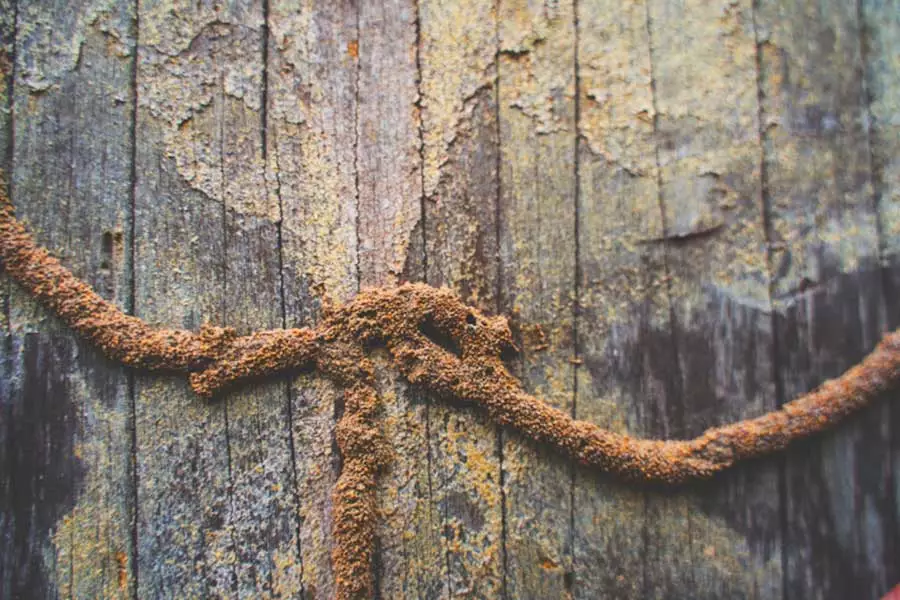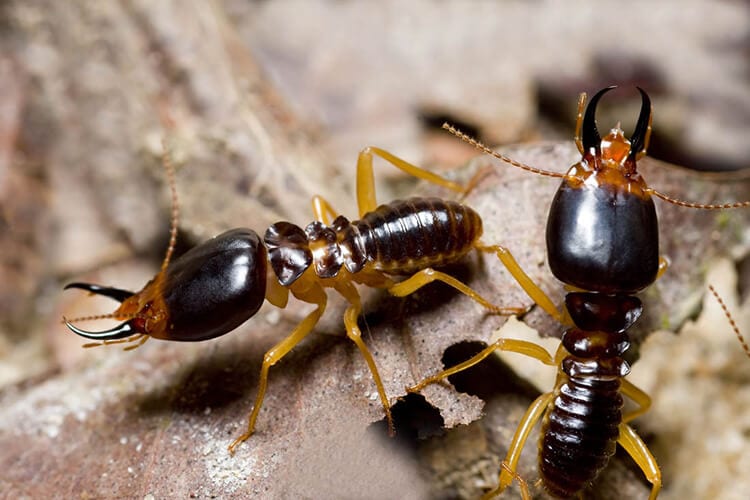Termite Identification
Do I have termites?
What do termites damage?
How do I get rid of termites?
How can I prevent termites?
Do I have termites?
What do termites damage?
- How much damage can termites cause in Eastern and Central Virginia?
- What does termite damage look like?
- How much does termite damage cost to repair in Eastern and Central Virginia
- How do I get a WDI report in Eastern and Central Virginia?
- What do termites damage?
- Buying a home with termite damage in Eastern and Central Virginia
- How do you fix termite damage?
How do I get rid of termites?
- Are termite treatments safe?
- When is termite treatment necessary in Eastern and Central Virginia?
- Will termite treatment kill other bugs?
- Is termite treatment covered by insurance in Eastern and Central Virginia?
- How do I get rid of termites?
- How often should my home be treated for termites in Eastern and Central Virginia?
How can I prevent termites?
- How often should I get my home inspected for termites in Eastern and Central Virginia?
- How can I prevent termites naturally?
- How do you prevent termites when building a new home in Eastern and Central Virginia?
- What are the costs of termite prevention in Eastern and Central Virginia?
- Lawn & garden termite prevention
- How do you prevent termites from spreading in Eastern and Central Virginia?
Termites can be confused for ants and differ in appearance between species and caste. Most are no bigger than ½” and vary in color from off-white to brown.
In Virginia, we deal with Eastern subterranean termites and formosan termites. Both are considered to be the nation’s most destructive termite species.
Mud tubes, frass (termite droppings), shed wings, and damaged wood are the top signs of a termite infestation. Noticing any of these means it’s time to call a termite exterminator.
Termites are active all year long, meaning there is no specific termite season. However, they will swarm in the spring months as they spread to form new colonies.
A termite nymph will molt several times before being assigned a specific role, or caste. These castes include workers, soldiers, and reproductive termites.
Termites are found all around the nation, except for Alaska. They are more common in regions that experience a humid, wet climate throughout the year.
Termites spread when they swarm in the spring. If your neighbor has termites, there’s no reason to panic and assume they will spread to your house no matter what.

